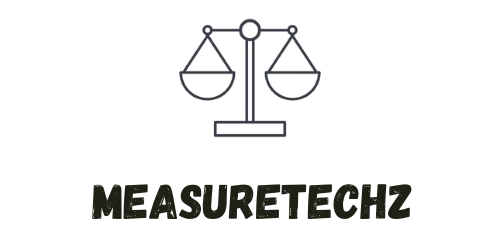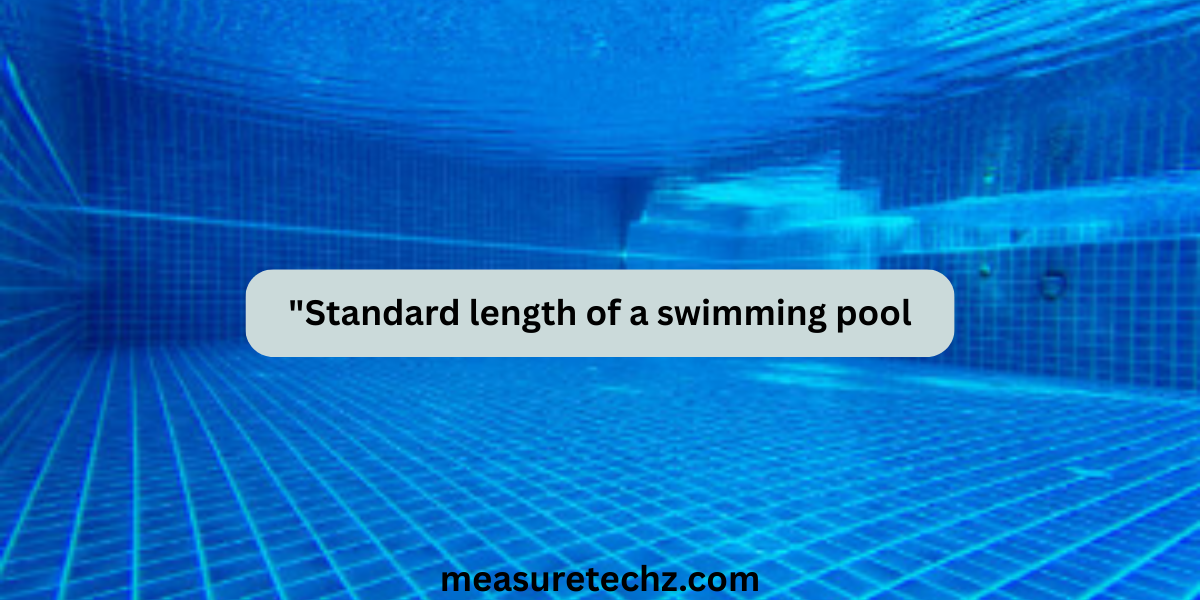“Standard length of a swimming pool come in various sizes, each tailored to specific uses, from international competitions to residential backyards. Understanding the standard lengths and dimensions of swimming pools is essential for architects, athletes, and home owners alike. This comprehensive guide delves into the various pool sizes, their purposes, and considerations for choosing the right length.
Standard Swimming Pool Lengths

An Olympic-size swimming pool is the benchmark for international competitive swimming events. According to the International Swimming Federation (FINA), the official dimensions are:
- Length: 50 meters (164 feet)
- Width: 25 meters (82 feet)
- Depth: Minimum of 2 meters (6.6 feet), with a recommended depth of 3 meters (9.8 feet) to reduce turbulence and allow for other disciplines like synchronized swimming.
- Lanes: 10 lanes, each 2.5 meters (8.2 feet) wide.
- Water Temperature: Maintained between 25–28°C (77–82°F).
These dimensions ensure uniformity in competitions and provide optimal conditions for swimmers. Notably, the standard length was established in 1952; prior to that, pools were often 25 meters long.
Short Course Swimming Pools
Short course pools are commonly used for national and regional competitions, as well as training purposes. Their dimensions are:
- Length: 25 meters (82 feet)
- Width: Typically 21 meters (69 feet) to accommodate eight lanes
- Depth: At least 1.35 meters (4.4 feet) at the shallow end
These pools are favored for their reduced construction and maintenance costs and are suitable for indoor facilities.
Residential and Recreational Pools
Pools designed for leisure and residential use vary significantly in size, tailored to available space and intended activities:
- Small Pools: 10–15 feet (3–4.5 meters) in length
- Medium Pools: 20–30 feet (6–9 meters)
- Large Pools: 40–50 feet (12–15 meters)
The choice of size depends on factors such as budget, space constraints, and whether the pool is intended for lap swimming, family activities, or aesthetic appeal.
Lap Pools
Specifically designed for fitness and endurance training, lap pools are characterized by their elongated shape:
- Standard Length: 25 meters (82 feet)
- Compact Lengths: 12–20 meters (39–66 feet)
Typically narrow, these pools accommodate one or two swimmers and are popular among fitness enthusiasts and athletes.
Community and Public Pools
Community pools serve larger populations and often include areas designated for various activities:
- Standard Length: 25 meters (82 feet)
- Variable Lengths: 20–50 meters (66–164 feet)
These pools may feature lap swimming sections, recreational zones, and shallow areas for children, offering versatility for public use.
Factors Influencing Pool Length Selection
When determining the appropriate pool length, several considerations come into play:
- Intended Use: Competitive training requires adherence to standard lengths (e.g., 25 or 50 meters), while recreational pools offer more flexibility.
- Available Space: Residential properties may have space constraints that limit pool size.
- Budget: Larger pools entail higher construction and maintenance costs.
- User Demographics: Facilities catering to children or therapy sessions may opt for smaller, more manageable pools.
Historical Evolution of Pool Lengths
The standardization of pool lengths has evolved over time. Early 20th-century Olympic Games featured pools of varying lengths, including 100-meter courses. It wasn’t until the 1924 Paris Olympics that the 50-meter length became standardized for Olympic competitions.
Conclusion
Understanding the standard lengths of swimming pools is crucial for aligning design and construction with intended use, whether for international competitions, community recreation, or private enjoyment. By considering factors such as purpose, space, and budget, stake holders can ensure that the pool meets both functional and regulatory requirements, providing optimal experiences for users.

